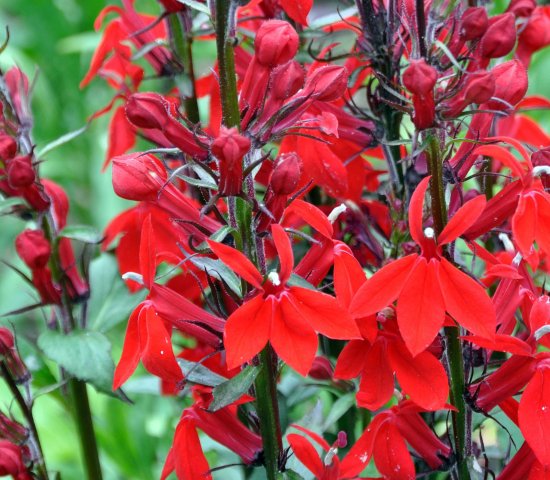
Wherever you are in the country, there are plants that have evolved to survive under the given growing conditions, and chances are, there are some that have moved in more recently. Native plants grow naturally in a region and have developed a healthy relationship with the other plants and animals in the ecosystem, strengthening biodiversity. Invasive plants have been introduced to an area where they do not grow naturally, competing with native plants for needs like space and nutrients.
From creeping vines to munching beetles to pinching crabs, invasive species are on the move. Monitoring the spread and mitigating the impacts invasive species wreak can be daunting tasks for scientists and managers. They need classrooms and communities to help. As students and community members contribute observations and expertise to invasive species citizen science efforts, they learn about local ecosystems, engage in science practices and use 21st century skills like collaboration and problem solving.
Use this activity guide to learn more about how you can identify invasive plant species in your area as well as their native, environmentally-beneficial counterparts.